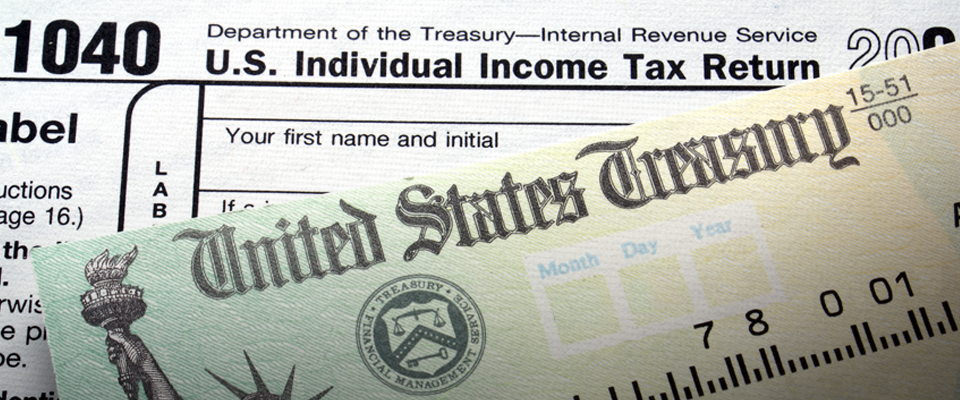If you haven’t already heard, 50 is the new 30.
Except when it comes to saving for retirement. And sadly, time stops for no one. If your savings are not already on track to provide a secure retirement, it’s past time to get serious about your future. And if you haven’t yet begun to save, take the first step and open your 403(b) or IRA today. The good news is that it’s not too late to make an impact on your retirement.
Read on for pointers to help you start moving your balance upwards:
Increase your 403(b) savings. Today.
Up until now, you should have been increasing your retirement contributions annually. But today is a new day. Make an increase today and commit to increasing it with every future pay raise.
Take advantage of catch-up contributions
For those already 50 or older, you can take advantage of Uncle Sam’s catch-up provision—a little extra savings incentive in the form of an elective deferral. What this means is that you can save an additional $6,000 a year over the normal contribution limit in employer-sponsored retirement plans (for example your 403(b)). On January 1, 2020, that amount raises to $6,500.
A traditional or Roth IRA has a catch-up amount of $1,000 for 2019, and remains unchanged for 2020.
Click here to see the full table of contribution limits for 2019 and the newly released limits for 2020.
Recognize the value of time
Time is needed to allow your funds to grow and compound. You may still have 10-20 years left until you retire, so get started now to put compound interest to work for you. And remember, with compound interest you aren’t just receiving interest on the money contributed, you’re earning interest on the interest you’ve already received. Time allows your savings to increase exponentially.
Work with your spouse
Perhaps you are fortunate enough to be able to max out your contributions. If so, and if your spouse doesn’t have employment income, consider funding a spousal IRA. If your spouse has access to an employer-sponsored retirement plan, be sure he or she (and you) are maximizing any employer match available. Don’t throw away money offered to you.
Be willing to prioritize
You may need to adjust your spending priorities. For instance, holding off on buying a new car for another year or two could allow for increased retirement contributions. You can also consider cost-efficient alternatives or different approaches for other high-dollar items, such as your housing and kids’ college tuition.
Look at how you spend your money through the lens of how it may affect your retirement.
The bottom line is you are responsible for your retirement. You need to realistically look at where you stand today and if needed, make changes. It may be that you are willing to delay your retirement a few years rather than tighten your belt any more. Or you may decide that you are willing to cut back on your spending and invest more for your future. It’s your retirement and you ultimately decide what that retirement will look like.
Catch-up checklist:
- Open an account, if you do not have one.
- Increase your contributions.
- Reduce spending to further increase your contribution.



